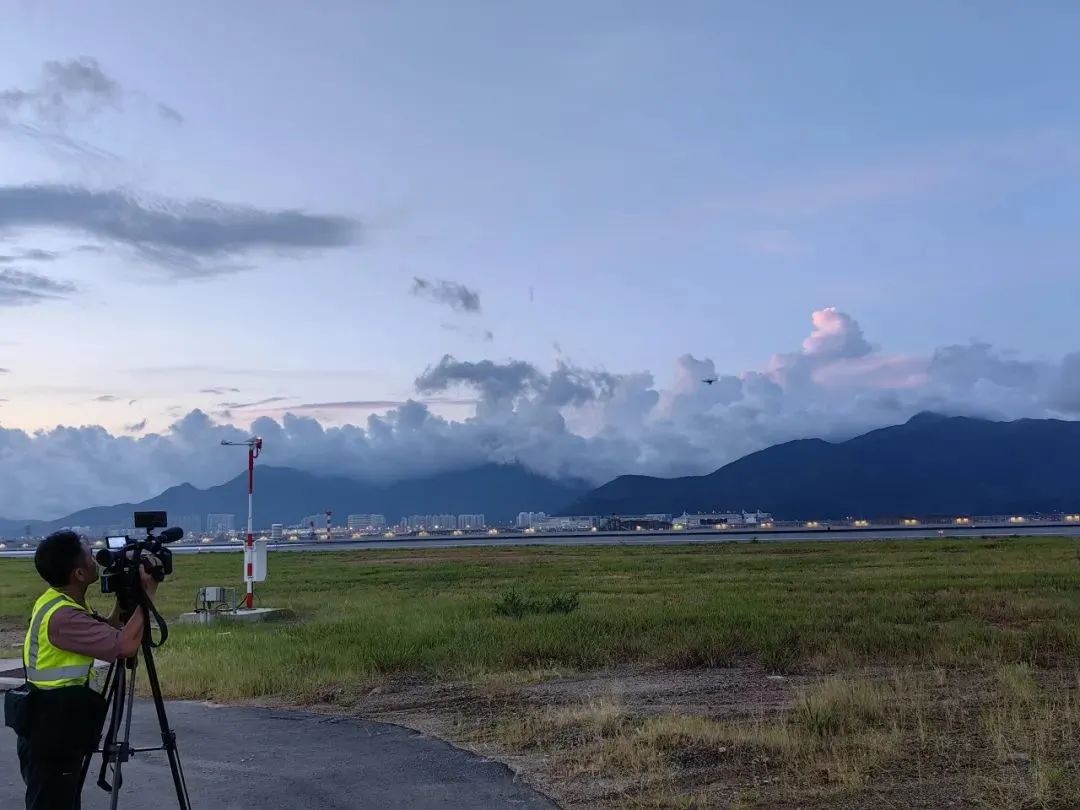

Recently, equipped with portable flight verification equipment, the HC-332 multi-rotor UAV of Honeycomb Aerospace completed a 60-minute flight and smoothly landed at the scheduled take-off and landing point of an international airport. The UAV then carried out flight verification tests on navigation and navigation-aid equipment, achieving a successful conclusion.
The instrument landing System (ILS) and runway ground lights installed on the runway provide pilot during landing guiding signals and visual guidance. Regular calibration is very important. Because space signals are involved, flight calibration becomes the only way to measure ILS regularly. However, there is a lack of effective means for daily spatial signal detection between flight calibrations. In order to solve the technical problems of ILS daily space signal testing, Honeycomb Aerospace developed the HC-332 multi-rotor UAV adapted to such verification and test system for the Civil Aviation of China.

HC-332 multi-rotor UAV is a high-performance product designed and developed by Honeycomb Aerospace, which has the advantages of long flight time, large load capacity, high reliability, universal platform, weather resistance and other advantages in the industry, and can be applied to a variety of fields with different loads. During the calibration test mission, HC-332 multi-rotor UAV is equipped with portable flight calibration equipment to complete signal acquisition and measurement in the air with the calibration test system, and transmit the data to the command platform in real time. Through the high-precision GPS positioning technology, the UAV achieves centimeter-level positioning in the horizontal and vertical directions, ensuring the accuracy and reliability of data. The measurement results have the characteristics of high data accuracy, high data acquisition rate and good correlation with the flight verification results. The project research results will provide theoretical support and practical experience for the lightweight of the flight verification platform in the future.

The calibration test system fills the blank of the daily dynamic test of the space signal of the instrument landing system and the blind area of monitoring, breaks through the space limitation, helps to discover the abnormal ILS space signal in time, troubleshoot equipment faults, and improve the safety guarantee level. It also improves the efficiency of flight verification, effectively reduces the airport flow control caused by flight verification, and effectively increases the utilization rate of busy airspace.

The test results show that the calibration test system performs partial flight calibration of the instrument landing system and runway ground lights, which is more efficient in execution, more flexible in flight scheduling and is zero-carbon-emitting. The calibration results coincide with those obtained by traditional calibration. In the future, Honeycomb Aerospace will, as always, continue to deepen its efforts in the field of unmanned aerial vehicles, actively promote product iterations and upgrading, and closely contribute to the development of UAV applications in many industries such as border and coastal defense, smart security, comprehensive inspection, emergency support, and smart cities.